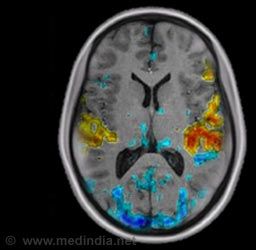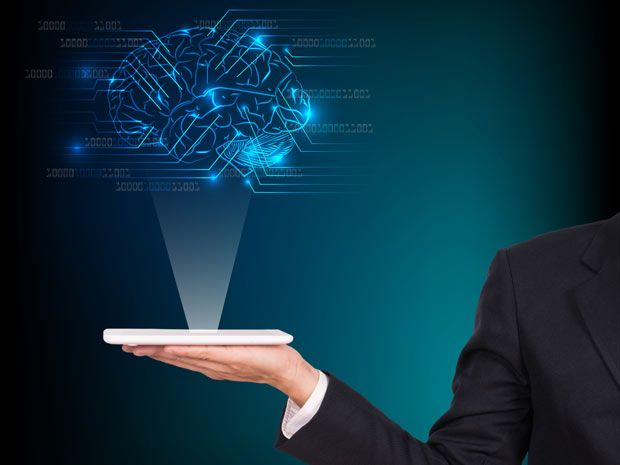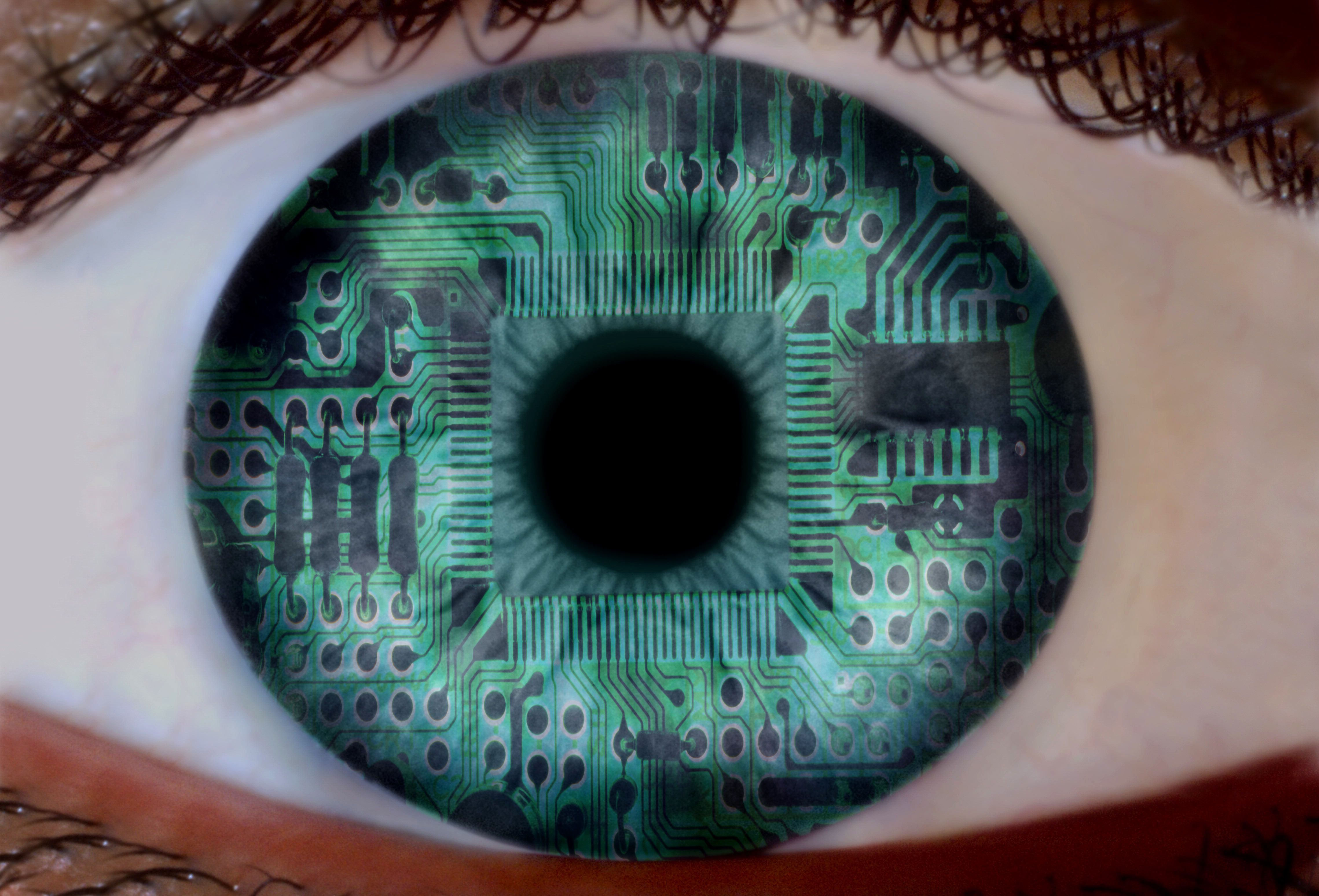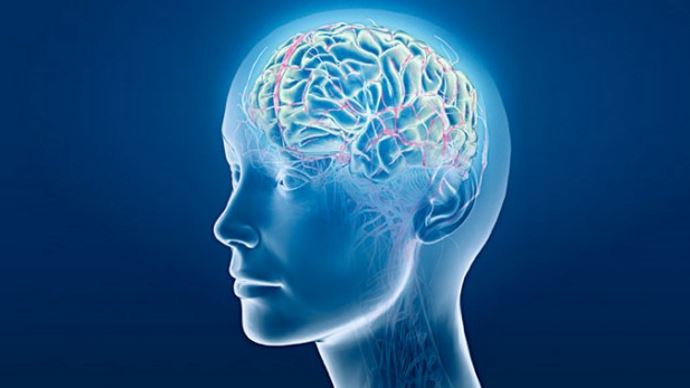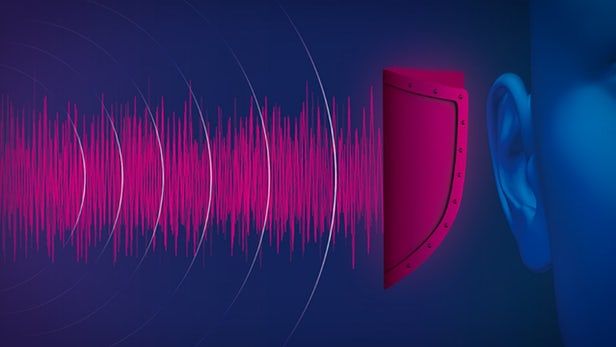Page 10774
Oct 28, 2016
Electrical currents can be now be switched on and off at the atomic scale
Posted by Karen Hurst in categories: computing, nanotechnology, particle physics
To all those who said it couldn’t happen for another 10+ years; this article is definitely for you.

Robert Wolkow, University of Alberta physics professor and the Principal Research Officer at Canada’s National Institute for Nanotechnology, has developed a technique to switch a single-atom channel.
Continue reading “Electrical currents can be now be switched on and off at the atomic scale” »
Oct 28, 2016
First IEEE Conference on Rebooting Computing Focuses on Neuromorphic and Quantum Designs
Posted by Karen Hurst in categories: computing, neuroscience, quantum physics
I hope I get invited to speak. Would love to.
Researchers discuss how to make machines more like the human brain—and faster and more energy-efficient.
By MONICA ROZENFELD 28 October 2016
Oct 28, 2016
Is Marianas Web A Myth Or A Frightening Reality?
Posted by Karen Hurst in category: futurism
If you’ve been on the Internet for a long time, chances are that you’d be inclined to say you’ve seen it all. Well, let’s just say that you haven’t really seen it all until you’ve seen Marianas Web. Don’t get your keyboard and mouse ready just yet, though – that might prove a bit more difficult than you think. This is because it doesn’t even exist.
… Or does it?

Oct 28, 2016
How Economists View the Rise of Artificial Intelligence
Posted by Shane Hinshaw in categories: computing, economics, robotics/AI
Machine learning will drop the cost of making predictions, but raise the value of human judgement.
To really understand the impact of artificial intelligence in the modern world, it’s best to think beyond the mega-research projects like those that helped Google recognize cats in photos.
According to professor Ajay Agrawal of the University of Toronto, humanity should be pondering how the ability of cutting edge A.I. techniques like deep learning —which has boosted the ability for computers to recognize patterns in enormous loads of data—could reshape the global economy.
Oct 28, 2016
Life-Like Robotic Humans Have Been Unveiled in China
Posted by Shailesh Prasad in category: robotics/AI
Oct 28, 2016
Google’s Alice AI Is Sending Secret Messages To Another AI
Posted by Elmar Arunov in categories: education, encryption, robotics/AI
Encryption is something we all rely on regularly to keep our information safe online, but many of us have experienced it since childhood, and in fact probably used it in school. If you ever wrote out a message in code that nobody could read without they knew the decipher rules, you messed around with encryption!
That same secret message technique has now been put to a much more worrying use. Google has created multiple AI and they’ve learned how to not only create their own encryption, but are now communicating using messages nobody else can read.
This Google Brain project is an experiment in deep learning techniques and involved the use of three neural networks (Alice, Bob, and Eve) created using artificial neurons. These neural nets work like a much simplified version of our brains, and they are slowly and steadily becoming more intelligent.
Continue reading “Google’s Alice AI Is Sending Secret Messages To Another AI” »
Oct 28, 2016
What I Learned
Posted by Zoltan Istvan in categories: biotech/medical, food, geopolitics, internet, transhumanism
My new story for Vice Motherboard on lessons learned running for President as a transhumanist. It’s also my endorsement of a ranked voting system:
Campaigning in Times Square.
With such overwhelming odds against my candidacy and tiny political party from the start, I chose to bypass the battle to get on state ballots and instead focus using media to move the transhumanism movement ahead. After all, only very rarely have third parties in America affected the outcome of the elections anyway. Like it or not, you are stuck with an elephant or a donkey-headed leader.
Oct 28, 2016
Mercedes-Benz E-Class will blast pink noise at you just before an accident, to protect your ears
Posted by Shane Hinshaw in category: transportation
Mercedes-Benz is trying to cut down on hearing damage caused by the deafening crunch of a car crash, and it’s doing so by blasting pink noise through the stereo when you’re about to hit something, to trigger a fascinating physical response.
Mercedes-Benz has done a lot to push automotive safety forward over its long history. In 1978, the S-class offered the first (or one of the first, depending on who you ask) 4-wheel ABS systems on a production car. In 1987, along with BMW and Toyota, Mercedes put the first traction control systems into production cars.
More recently, in 2003, the company introduced its Pre-Safe system, a series of measures that kick in when the vehicle detects what it decides is an inevitable crash. Seat belts quickly tension to an optimum point, windows and sunroofs close, the seats puff up to stabilize the bodies in them, and in some cases they even move slightly toward the center of the car before impact.
Oct 28, 2016
Google AI invents its own cryptographic algorithm; no one knows how it works
Posted by Bryan Gatton in categories: information science, robotics/AI
Technology Lab —
Google AI invents its own cryptographic algorithm; no one knows how it works.
Neural networks seem good at devising crypto methods; less good at codebreaking.
Continue reading “Google AI invents its own cryptographic algorithm; no one knows how it works” »
